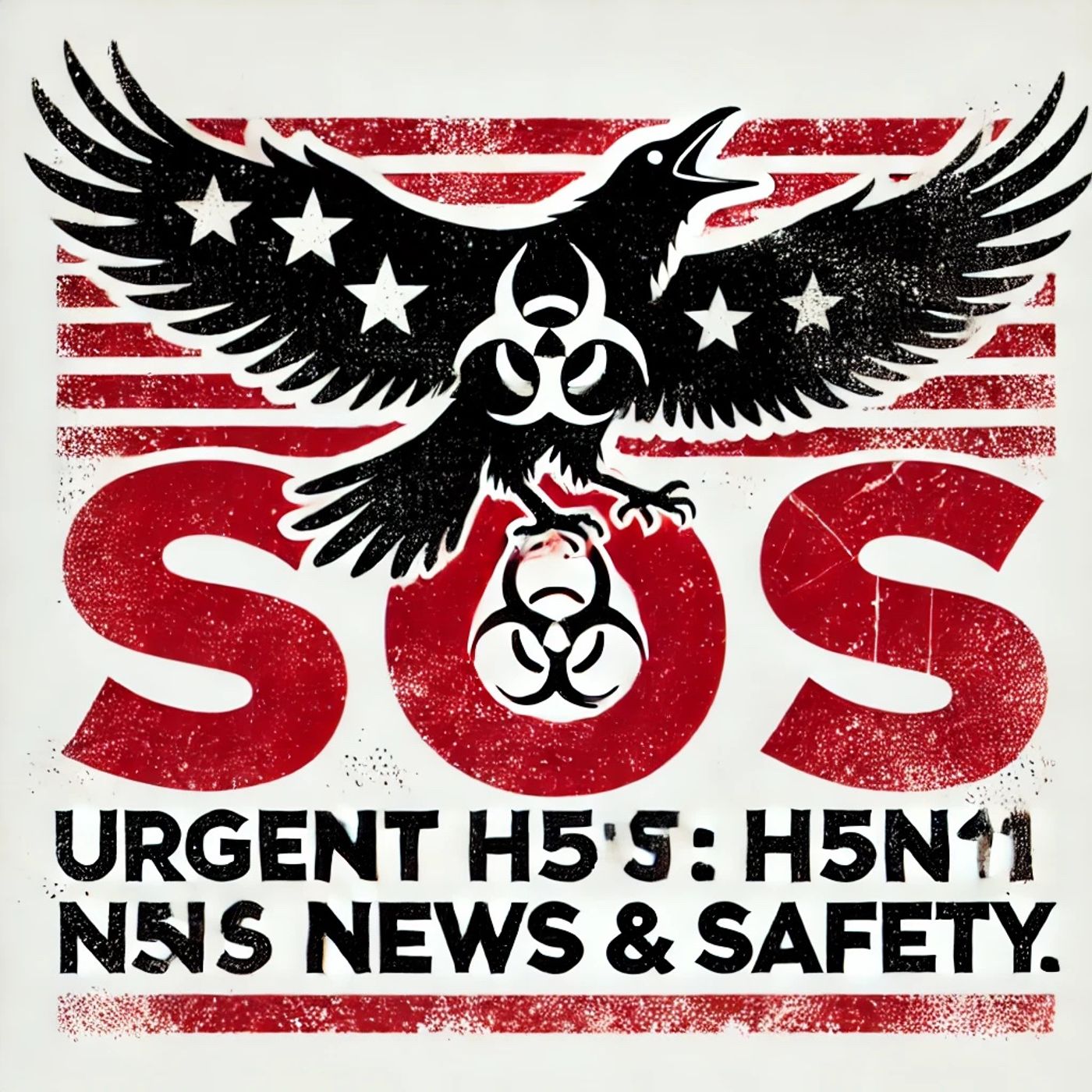Podcast Episode Details
Back to Podcast Episodes
Bird Flu Outbreak Hits Midwest Farms: What Residents Need to Know About H5N1 Virus Spread
Bird Flu SOS: Urgent H5N1 News & Safety
This is Bird Flu SOS: Urgent H5N1 News & Safety, your emergency update on October 6, 2025. Today, we’re focusing on a significant and rapidly evolving situation in the Midwest: new outbreaks of highly pathogenic H5N1 bird flu have hit commercial poultry farms in Iowa, Minnesota, and Wisconsin, forcing authorities to cull hundreds of thousands of birds to contain the spread.
According to the Wisconsin Department of Agriculture, the virus was detected at a major facility in Jefferson County owned by Daybreak Foods, requiring the culling of over half a million birds and triggering movement restrictions within a ten-kilometer zone. The infection source is still under investigation, and the risk to the general public is currently considered low by the Wisconsin Department of Health Services. State and county health officials are closely monitoring farm workers for signs of illness.
Dr. Jennifer McNeil of the Centers for Disease Control and Prevention stresses, “While human cases remain rare, the situation demands heightened vigilance. The virus is highly contagious among birds and poses a real risk to anyone with direct contact with infected poultry or their environment.” The CDC confirms 70 human cases in the United States since 2022, with exposures primarily linked to dairy herds and poultry farms. There has been one confirmed human death in Louisiana.
Wisconsin Public Radio reports the virus continues to circulate in both wild and domestic birds and spreads rapidly through direct contact, droppings, and contaminated clothing or tools. Importantly, the disease has not been detected in Wisconsin’s dairy cows, thanks to mandatory milk testing protocols.
If you live or work near affected areas, please take immediate action:
- Avoid all contact with wild or domestic birds showing unusual signs.
- If you own poultry, keep birds indoors and away from potential exposure. Strictly follow biosecurity measures—wash hands before and after handling animals, disinfect equipment, and limit visitors to your facility.
- Do not touch dead birds or their droppings, especially in your backyard or near water sources.
- Watch for warning signs in birds: sudden death, drop in egg production, swelling of the head or neck, and respiratory distress. In people, be alert for fever, cough, sore throat, or eye inflammation after exposure.
- If you or anyone nearby develops flu-like symptoms after bird contact, seek medical attention immediately and inform healthcare providers of your exposure history.
Emergency resources are available. Contact your local health department for guidance, and call the USDA’s emergency hotline for farm-specific advice. The CDC’s website offers an updated situation summary and expert recommendations. If you believe you have been exposed, isolate yourself and notify your local hospital and public health authorities.
Authorities urge everyone to stay informed but not to panic. Dr. McNeil of the CDC again emphasizes, “This is a serious animal health issue, but our surveillance systems are strong, and the risk to the general public remains low if precautions are followed.” The World Health Organization reiterates the importance of clear communication and rapid response but cautions against misinformation and overreaction.
Thank you for tuning in to Bird Flu SOS: Urgent H5N1 News & Safety. Come back next week for the latest updates and actionable advice to keep you and your community safe. This has been a Quiet Please production. For more, check out Quiet Please Dot A I.
For more http://www.quietplease.ai
Get the best deals https://amzn.to/3ODvOta
This content was created in partnership and with the help of Artificial Intelligence AI
Published on 2 days, 16 hours ago